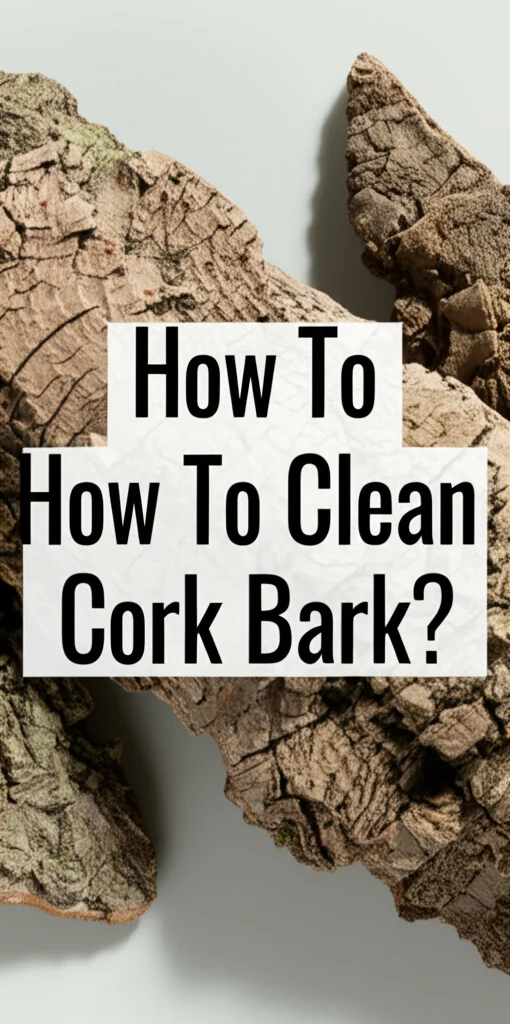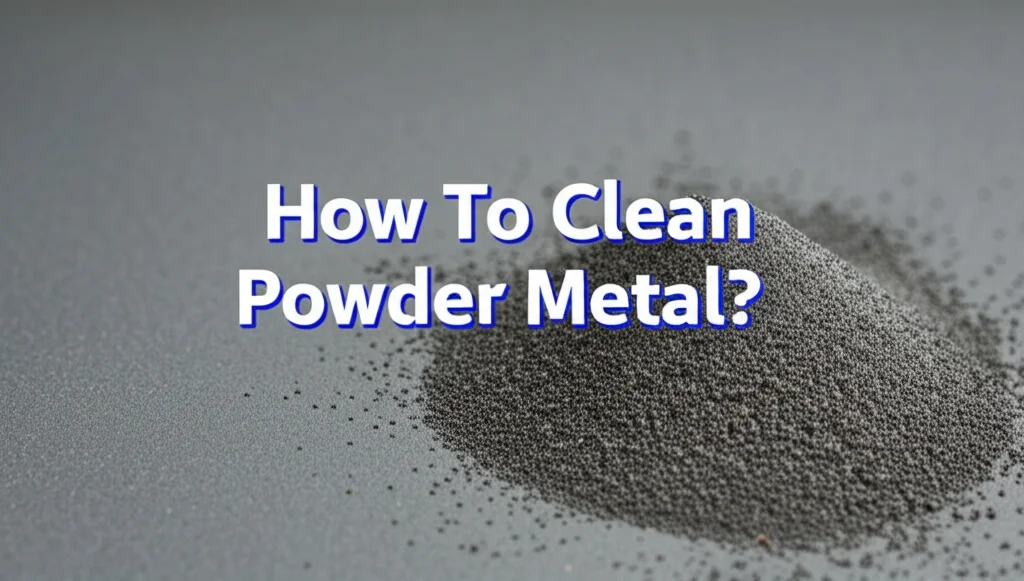· Home & Garden · 6 min read
How To Clean Driftwood With Vinegar

Cleaning Driftwood with Vinegar: A Simple Guide
Have you ever found a beautiful piece of driftwood and wondered how to get it ready for your home? Driftwood adds a unique, natural touch to any space, but it often needs a good cleaning before you can display it. This article will show you how to clean driftwood with vinegar, a safe and effective method. We’ll cover everything from preparing the driftwood to the final steps for a stunning display. Let’s dive in and learn how to transform your found treasure!
Takeaway:
- Vinegar effectively removes dirt, algae, and mineral deposits from driftwood.
- Soaking driftwood in a vinegar solution is a key step in the cleaning process.
- Proper rinsing and drying are essential to prevent damage and ensure longevity.
What is the best way to clean driftwood?
The best way to clean driftwood involves soaking it in a solution of white vinegar and water, scrubbing away any remaining debris, rinsing thoroughly, and allowing it to dry completely. This method effectively removes dirt, algae, and mineral deposits without harsh chemicals.
Why Use Vinegar to Clean Driftwood?
Vinegar is a fantastic natural cleaner, and it works wonders on driftwood. It’s an acid, but a mild one, which means it can dissolve the dirt, algae, and mineral deposits that often cling to driftwood without damaging the wood itself. Unlike harsh chemicals, vinegar is non-toxic and environmentally friendly. This makes it a safe option for cleaning items you’ll bring into your home. Plus, you likely already have vinegar in your pantry, making it a convenient and cost-effective cleaning solution.
Using vinegar also helps to sanitize the driftwood, removing any potential bacteria or fungi. This is especially important if you found the driftwood near a body of water. It’s a simple, effective, and safe way to prepare your driftwood for display.
Gathering Your Supplies
Before you start cleaning, gather everything you’ll need. Having all your supplies ready will make the process smoother and more efficient. Here’s a list of what you’ll need:
- White Vinegar: The star of the show! Distilled white vinegar is best.
- Water: Tap water is fine.
- Large Bucket or Container: Big enough to fully submerge the driftwood.
- Scrub Brush: A stiff-bristled brush for scrubbing away debris. An old toothbrush works well for crevices.
- Gloves: To protect your hands from the vinegar.
- Safety Glasses: To protect your eyes.
- Old Towels: For drying the driftwood.
- Optional: Baking Soda: For neutralizing the vinegar smell.
The Vinegar Soak: Step-by-Step
Now for the main event: the vinegar soak. This is where the magic happens, loosening all the dirt and grime. Here’s how to do it:
- Prepare the Solution: Fill your bucket or container with a 50/50 mixture of white vinegar and water. For heavily soiled driftwood, you can increase the vinegar concentration, but start with 50/50 to be safe.
- Submerge the Driftwood: Carefully place the driftwood into the vinegar solution, ensuring it’s fully submerged. If it floats, weigh it down with a clean, heavy object.
- Soak Time: Let the driftwood soak for at least 30 minutes, but ideally for several hours, or even overnight for particularly dirty pieces. The longer it soaks, the more effective the cleaning will be.
- Check Progress: After the initial soak, check the driftwood. If it’s still dirty, you can repeat the soaking process with a fresh vinegar solution.
Scrubbing Away the Grime
After soaking, it’s time to get scrubbing. The vinegar will have loosened most of the dirt, but some scrubbing will be necessary to remove stubborn debris.
- Put on Gloves and Safety Glasses: Protect your hands and eyes.
- Scrub Thoroughly: Using your scrub brush, scrub the entire surface of the driftwood, paying attention to crevices and hard-to-reach areas. An old toothbrush is perfect for these spots.
- Rinse Frequently: Rinse the driftwood with clean water as you scrub to remove loosened dirt and vinegar.
- Inspect and Repeat: Inspect the driftwood after scrubbing. If any dirt remains, repeat the scrubbing process.
Rinsing and Neutralizing
Once you’ve scrubbed the driftwood clean, it’s crucial to rinse it thoroughly and neutralize the vinegar. This will prevent any lingering odor and ensure the driftwood doesn’t become damaged.
- Rinse with Clean Water: Rinse the driftwood under running water for several minutes, ensuring all traces of vinegar are removed.
- Neutralize with Baking Soda (Optional): To neutralize any remaining vinegar smell, create a paste of baking soda and water. Apply the paste to the driftwood and let it sit for a few minutes before rinsing again.
- Final Rinse: Give the driftwood one final rinse with clean water.
Drying Your Cleaned Driftwood
Proper drying is essential to prevent mold and mildew growth. Here’s how to dry your driftwood correctly:
- Shake Off Excess Water: Gently shake off any excess water from the driftwood.
- Air Dry: Place the driftwood in a well-ventilated area to air dry. Direct sunlight can cause the wood to crack, so avoid placing it in direct sunlight.
- Turn Regularly: Turn the driftwood regularly to ensure all sides dry evenly.
- Drying Time: Drying time will vary depending on the size and thickness of the driftwood, but it typically takes several days to a week.
- Check for Mold: While drying, check for any signs of mold or mildew. If you see any, repeat the vinegar soak and scrubbing process.
Displaying Your Beautiful Driftwood
Once your driftwood is completely dry, it’s ready to display! There are countless ways to incorporate driftwood into your home decor. You can use it as a centerpiece, a wall hanging, a plant stand, or simply as a decorative accent.
Consider sealing the driftwood with a clear varnish or polyurethane to protect it and enhance its natural beauty. This will also make it easier to clean in the future. You can find inspiration online for creative driftwood displays. Don’t be afraid to get creative and let your imagination run wild!
Frequently Asked Questions
Q: How long can I soak driftwood in vinegar?
A: You can soak driftwood in vinegar for up to 24 hours, but 30 minutes to several hours is usually sufficient. Check the driftwood periodically to avoid over-soaking, which could damage the wood.
Q: Will vinegar damage the driftwood?
A: Vinegar is a mild acid and generally won’t damage driftwood, but prolonged exposure can potentially affect the wood. That’s why it’s important to monitor the soaking time and rinse thoroughly.
Q: Can I use other types of vinegar, like apple cider vinegar?
A: While apple cider vinegar can be used, white distilled vinegar is preferred because it’s clear and won’t stain the driftwood.
Q: What if the driftwood still smells like vinegar after rinsing?
A: Neutralizing with a baking soda paste, as described above, should eliminate the vinegar smell. Allowing the driftwood to air dry completely will also help.
Conclusion
Cleaning driftwood with vinegar is a simple, effective, and eco-friendly way to prepare this natural treasure for your home. By following these steps – soaking, scrubbing, rinsing, and drying – you can transform a piece of found wood into a beautiful and unique decorative element. Remember to always prioritize safety by wearing gloves and safety glasses. Now that you know how to clean driftwood with vinegar, go find your perfect piece and add a touch of nature to your space!




